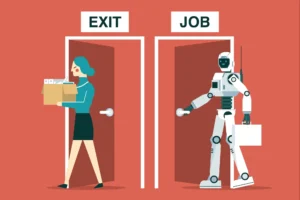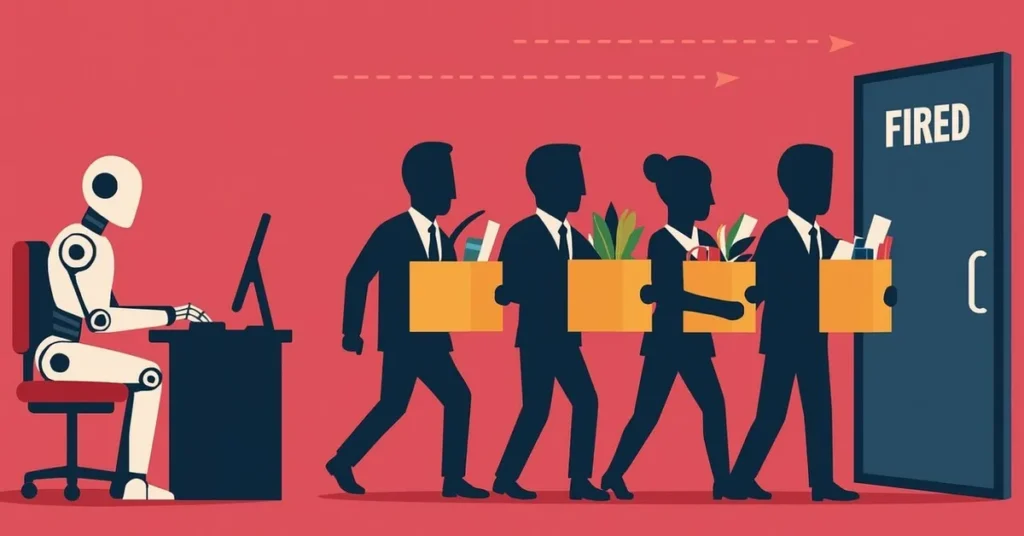Artificial Intelligence (AI) is no longer a distant disruptor. It is actively reshaping industries, redefining skills, and redrawing the future of work. But as global debates deepen, two recent developments capture the urgency of the moment: the United Nations’ 2025 Gender Snapshot report, which highlights how AI disproportionately threatens women’s jobs, and Sam Altman’s warning that customer service roles will be among the first casualties of automation.
Taken together, these perspectives underscore that the AI revolution is not just about technological advancement, it is about people, inequality, and the social fabric of work.
THE UN’S GENDERED WARNING ON AI

The UN’s Progress on the Sustainable Development Goals: Gender Snapshot 2025 report offers a sobering assessment. It finds that 27.6% of women’s employment is potentially exposed to generative AI, compared to 21.1% of men’s.
The reason is structural. Women remain overrepresented in clerical, administrative, and routine service roles job categories that AI can easily automate. In high-income countries, the exposure gap is even starker: nearly one in ten women’s jobs (9.6%) are at high risk of automation, compared to just 3.5% of men’s. Young, urban women in fields such as banking, finance, insurance, and the public sector are particularly vulnerable.
This is not just about job loss , it risks deepening existing gender inequalities. The UN warns that without proactive interventions, AI could push women further into economic precarity, undoing decades of progress in narrowing the gender employment gap. The report calls for urgent measures: bridging the digital gender divide, expanding digital literacy and reskilling opportunities for women, and ensuring that AI governance frameworks integrate a gender perspective.
SAM ALTMAN’S SERVICE SECTOR ALARM

On the other side of the conversation, Sam Altman, CEO of OpenAI, has sounded a starkly pragmatic note. Speaking recently, he emphasized that customer service roles will likely be the first to disappear under the pressure of AI automation.
With the rise of AI-powered chatbots, virtual assistants, and automated customer interaction systems, many of the repetitive and semi-structured tasks carried out by millions of workers are already being replaced. Altman’s confidence is rooted in real-world adoption: businesses across sectors are integrating AI tools to cut costs, reduce waiting times, and scale customer support globally.
For Altman, this is less about gendered vulnerability and more about sectoral inevitability. Jobs involving predictable patterns of communication from call centers to help desks are at the frontline of disruption.
DIFFERENT ANGLES, SHARED REALITY
While the UN frames AI’s impact as a systemic inequality crisis, Altman frames it as a technological inevitability. Yet both perspectives converge on one truth: low- to mid-skill, service-heavy roles are under the greatest threat.
The overlap is striking. Many of the very customer service and clerical positions Altman references are the same ones where women are disproportionately employed, as the UN report highlights. The implication is clear — AI’s disruption will not be evenly felt. It will cut deepest among those who are already on fragile ground in the global labor market.
What This Means for the Future of Work?
- Gender Inequality Could Widen
If women’s jobs are more exposed to AI, without targeted interventions, the gender pay gap may widen and women could be pushed out of the workforce at scale. - Sectoral Shifts Are Accelerating
Industries such as customer service, clerical support, banking, and retail will shrink in their traditional forms, forcing millions to reskill. - Reskilling and Safety Nets Are Critical
Governments and businesses must invest in digital upskilling, vocational training, and AI-human collaboration roles to ensure workers — especially women — can transition to new opportunities. - Inclusive AI Governance Is Non-Negotiable
AI frameworks must go beyond ethics and safety in the abstract. They must embed gender and equity considerations to prevent automation from becoming another axis of inequality.
Conclusion: Managing the Transition, Not Just the Technology
AI has the potential to enhance productivity and open new frontiers of work. But left unchecked, it also risks amplifying existing divides , particularly for women and for workers in vulnerable service sectors.
The UN’s warning and Sam Altman’s prediction may come from different vantage points, but together they form a powerful call to action: the world must prepare for an AI-driven labor shift that is unequal by default. The task ahead is not only to build smarter machines, but to build fairer systems where opportunity, dignity, and security are not casualties of technological progress.

